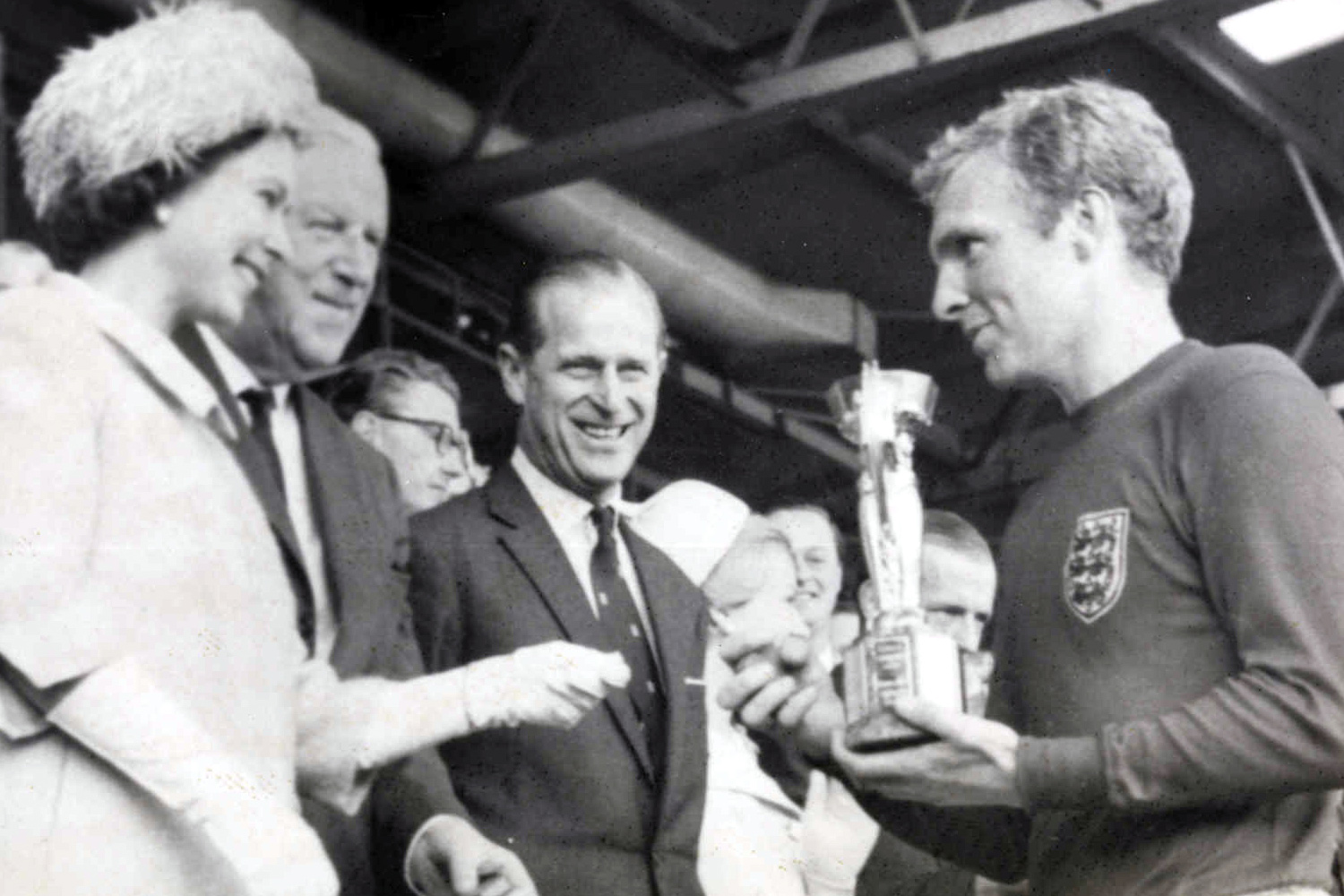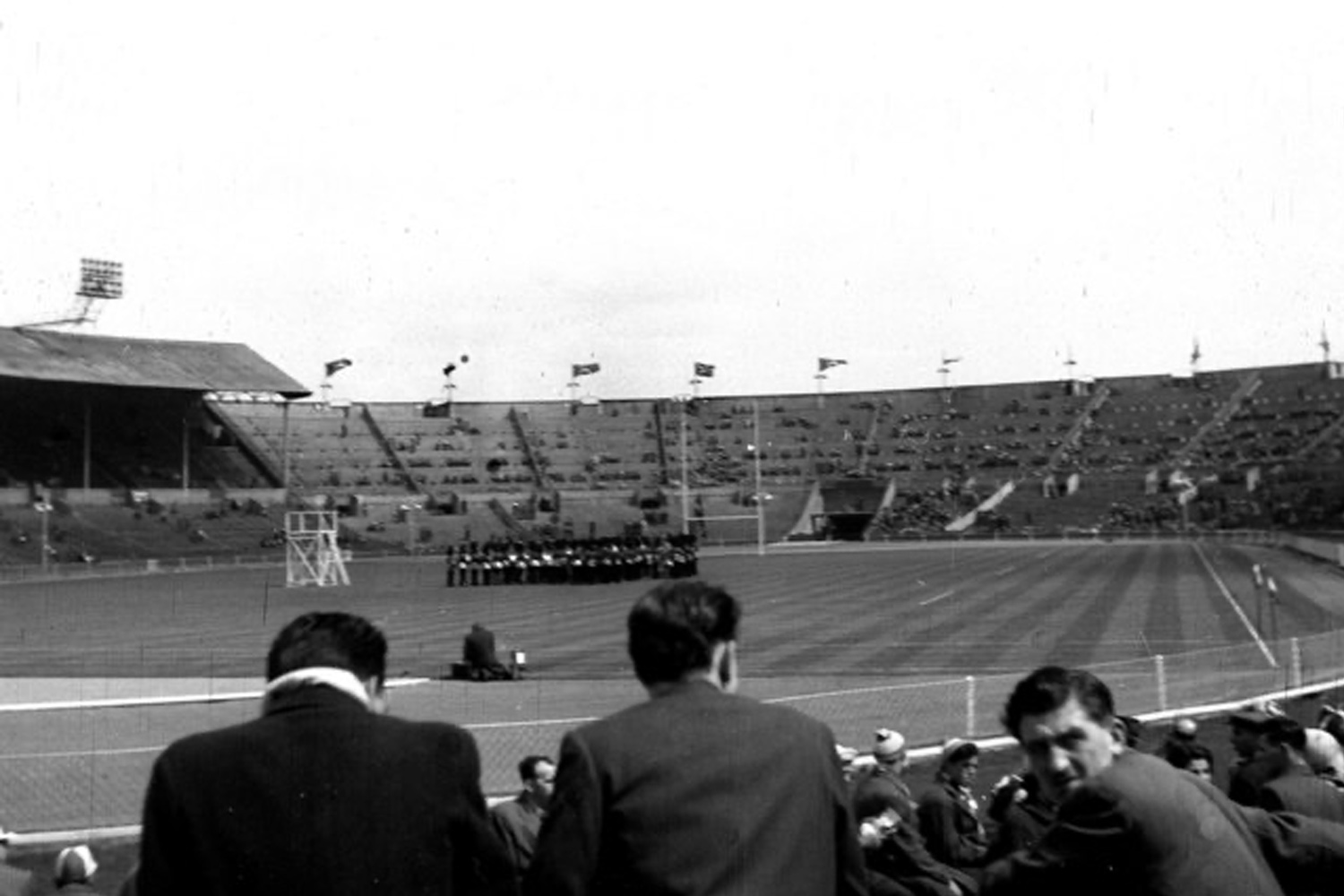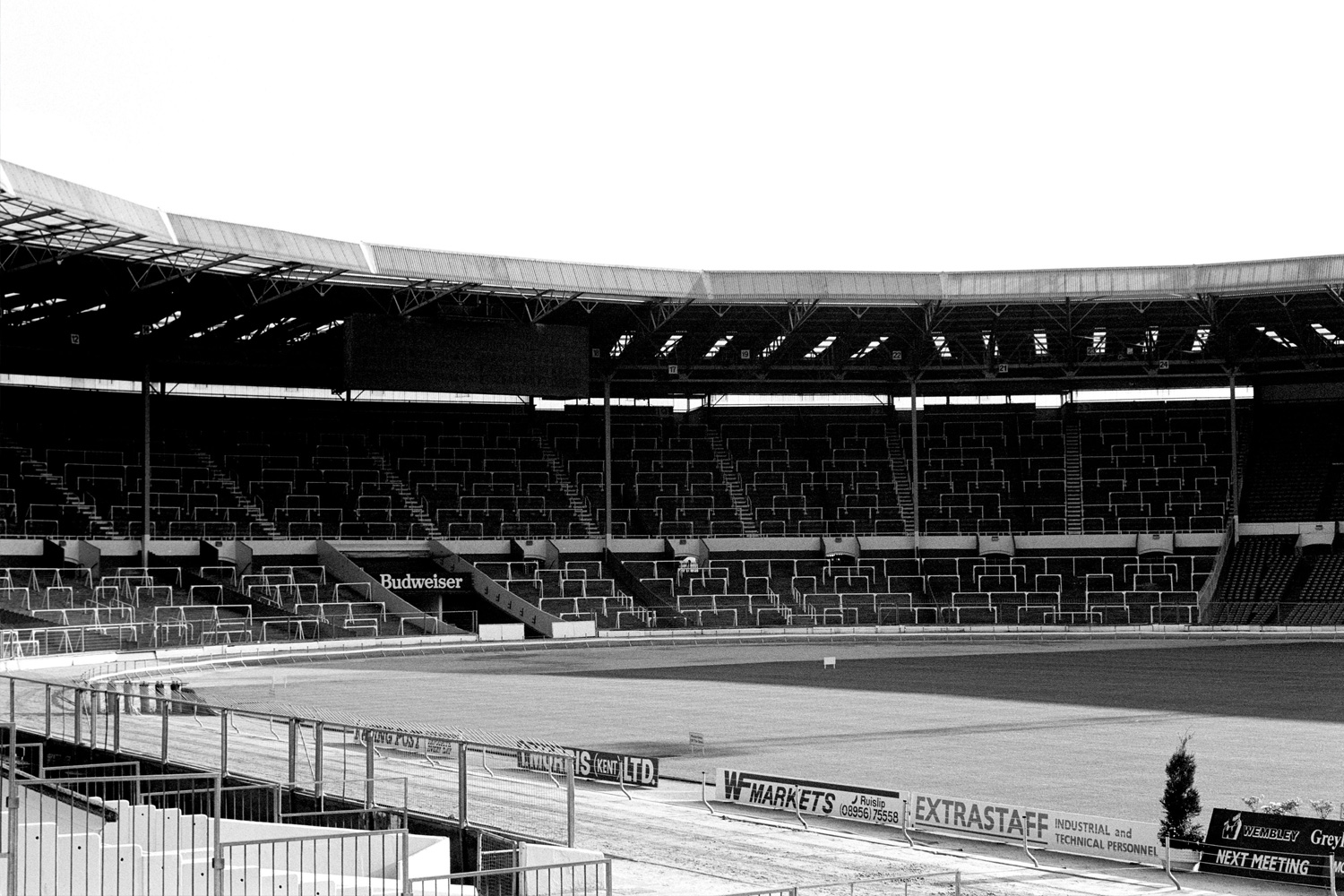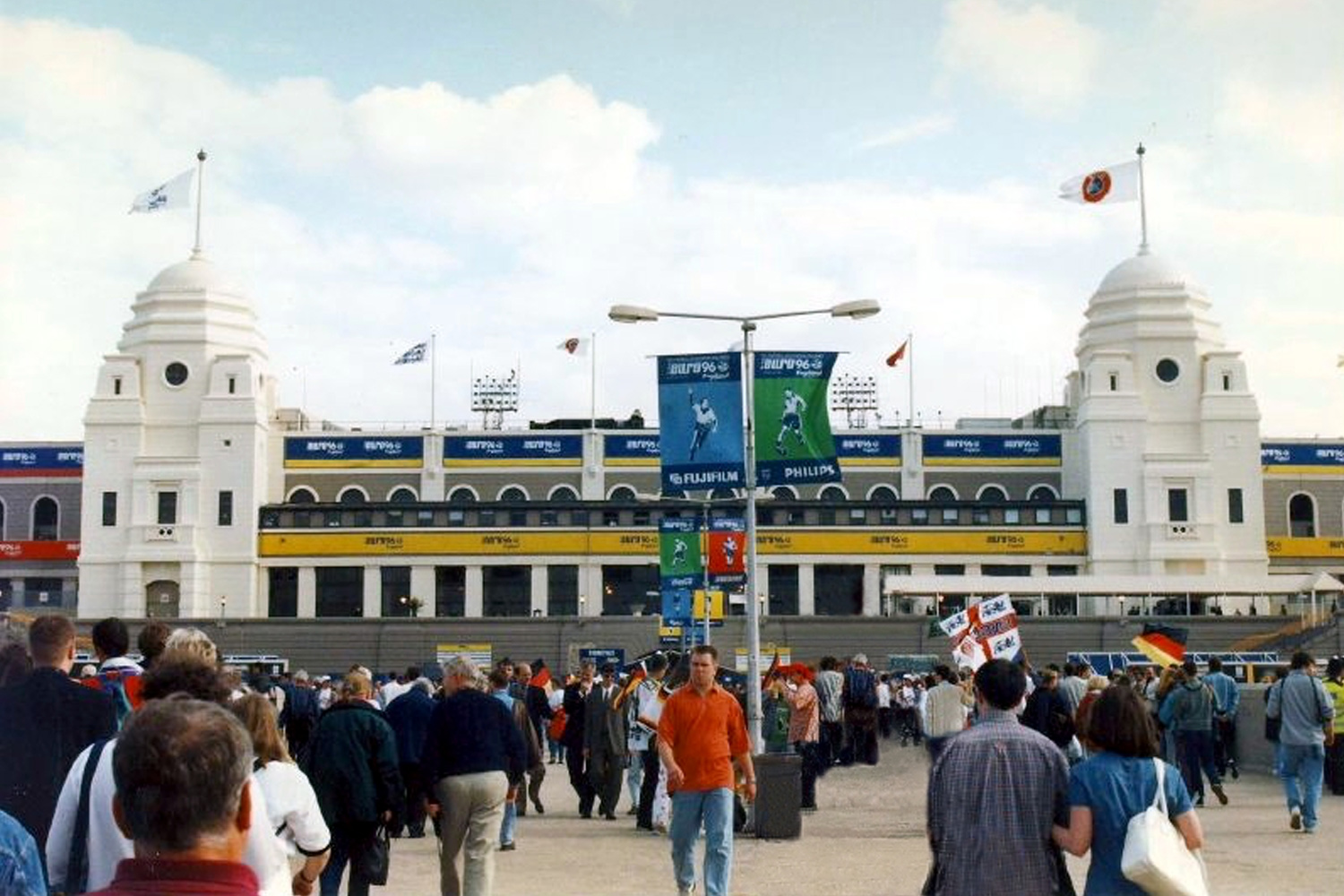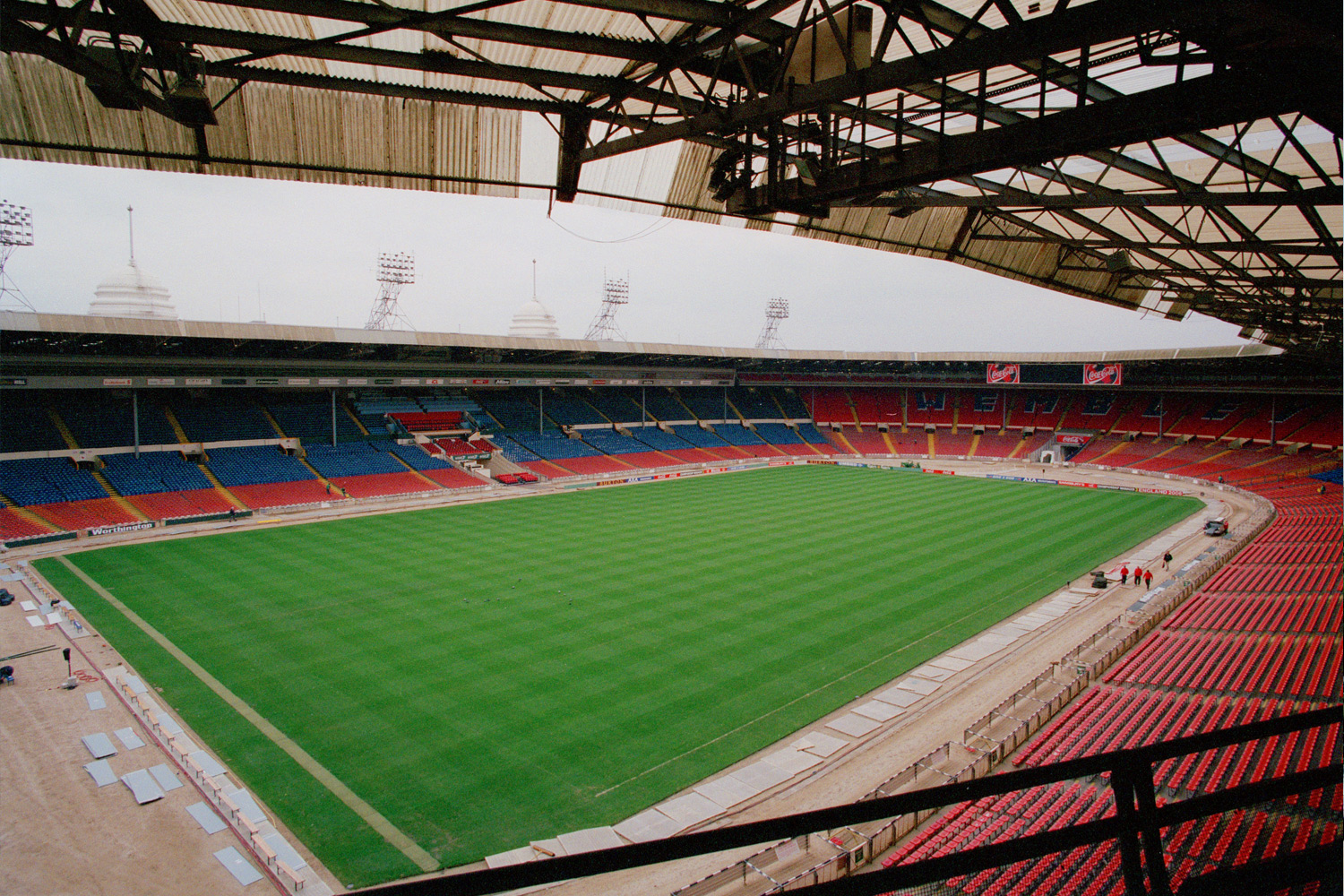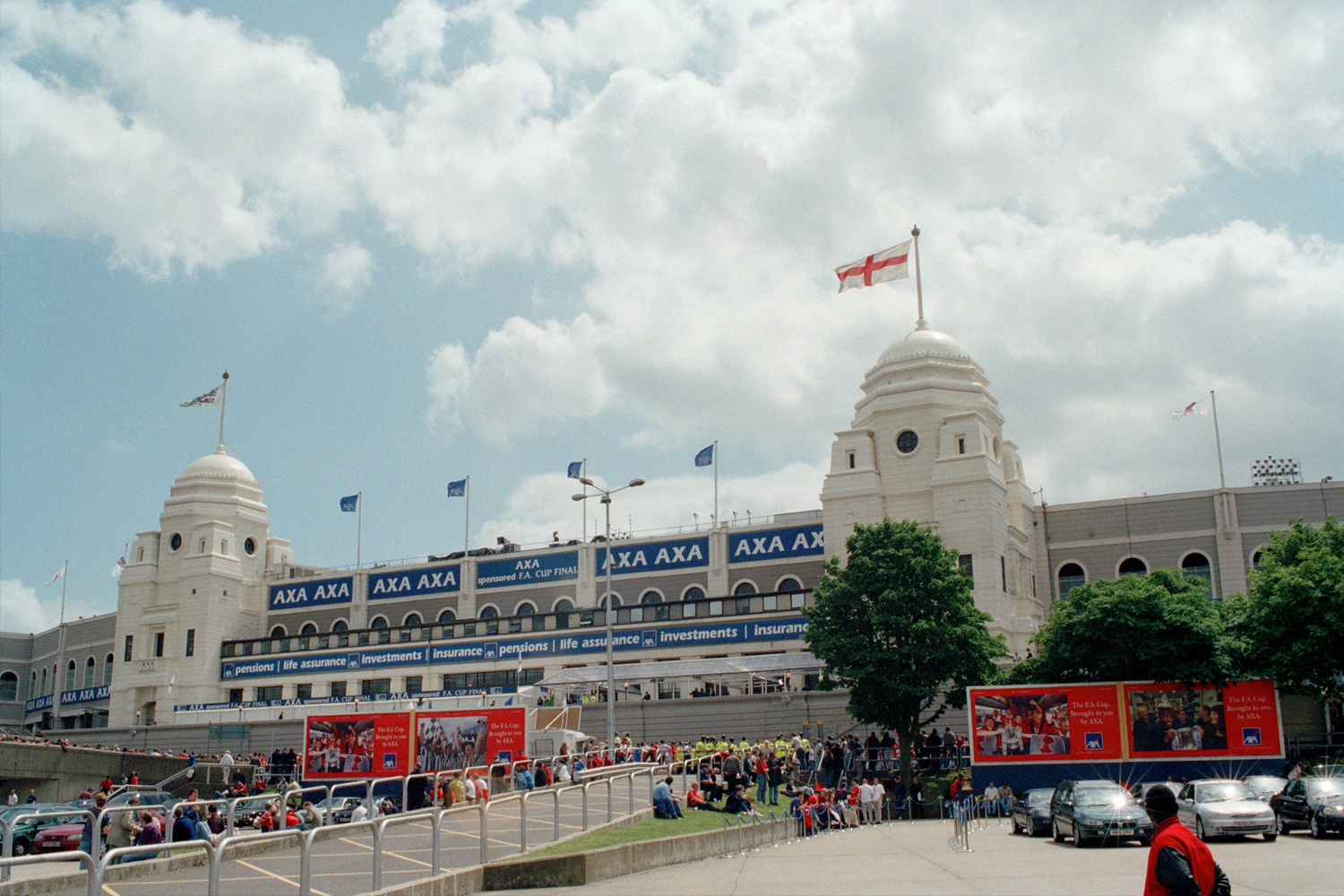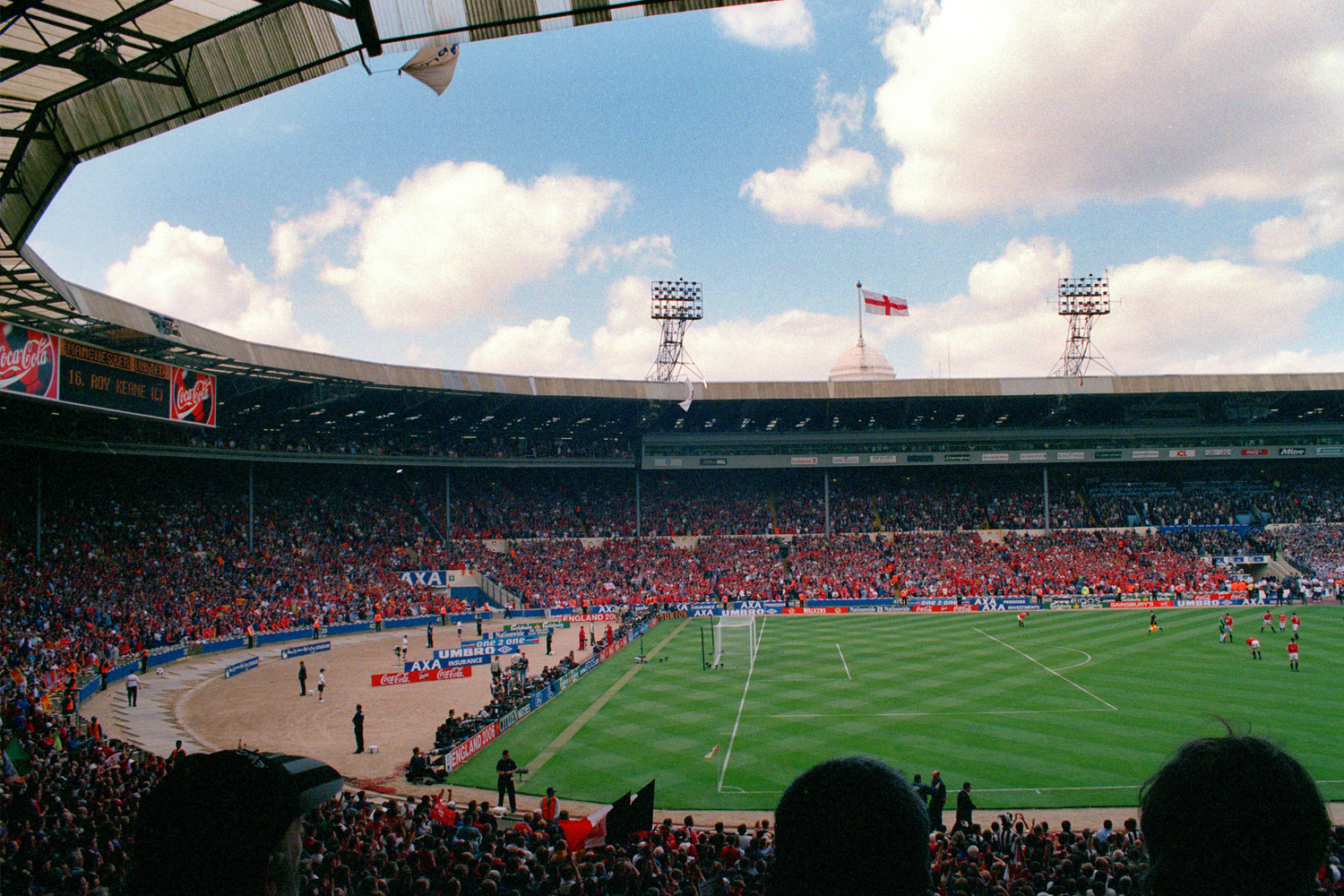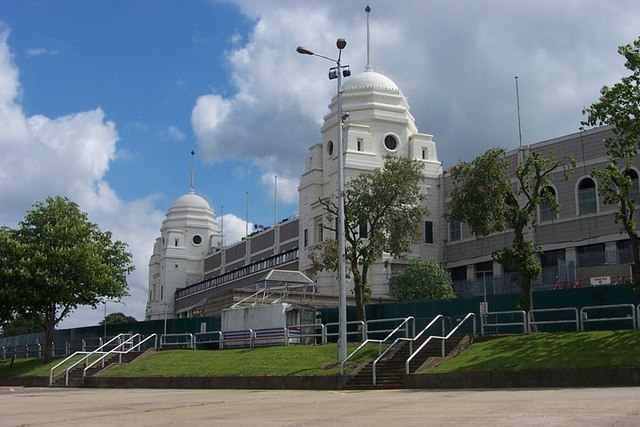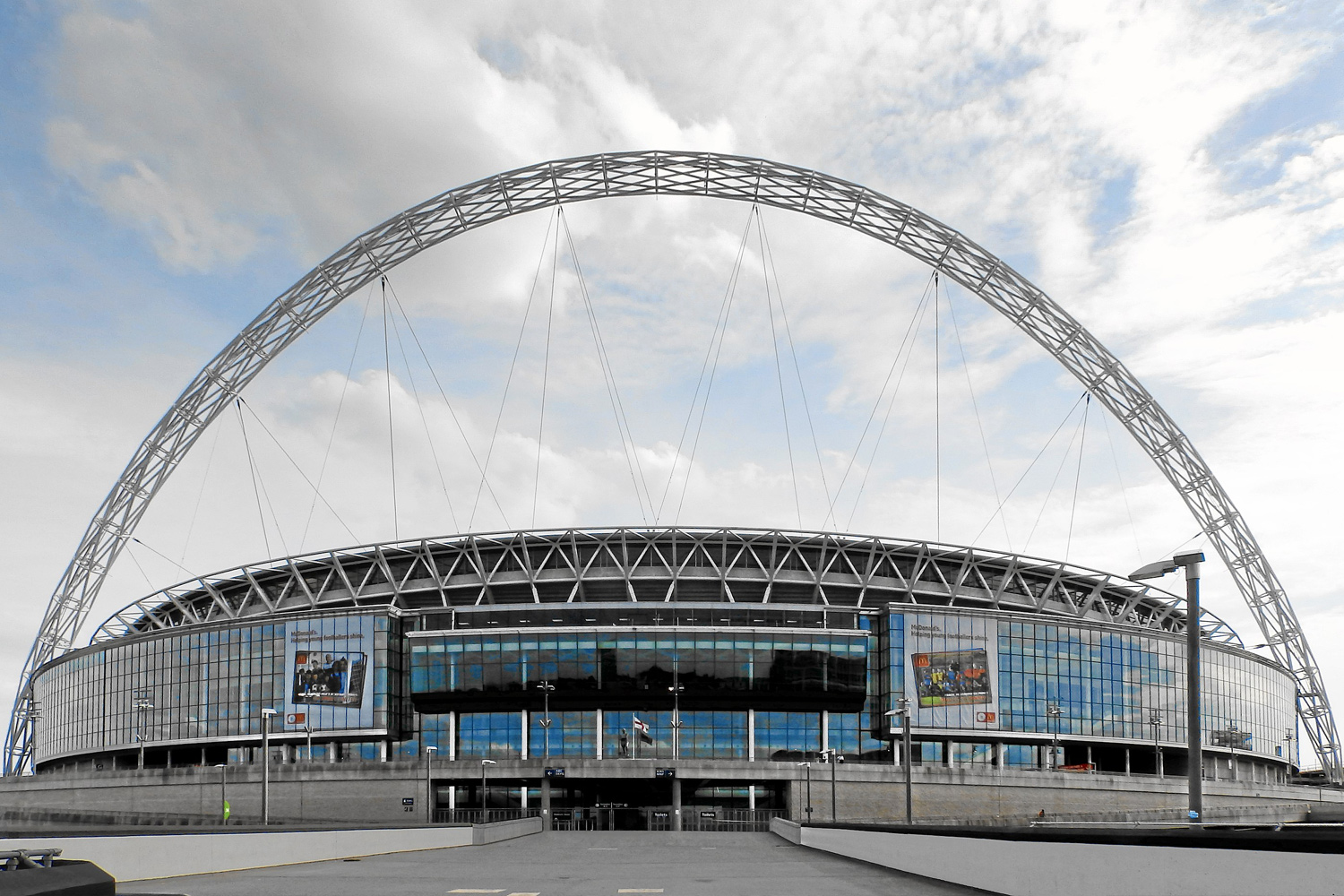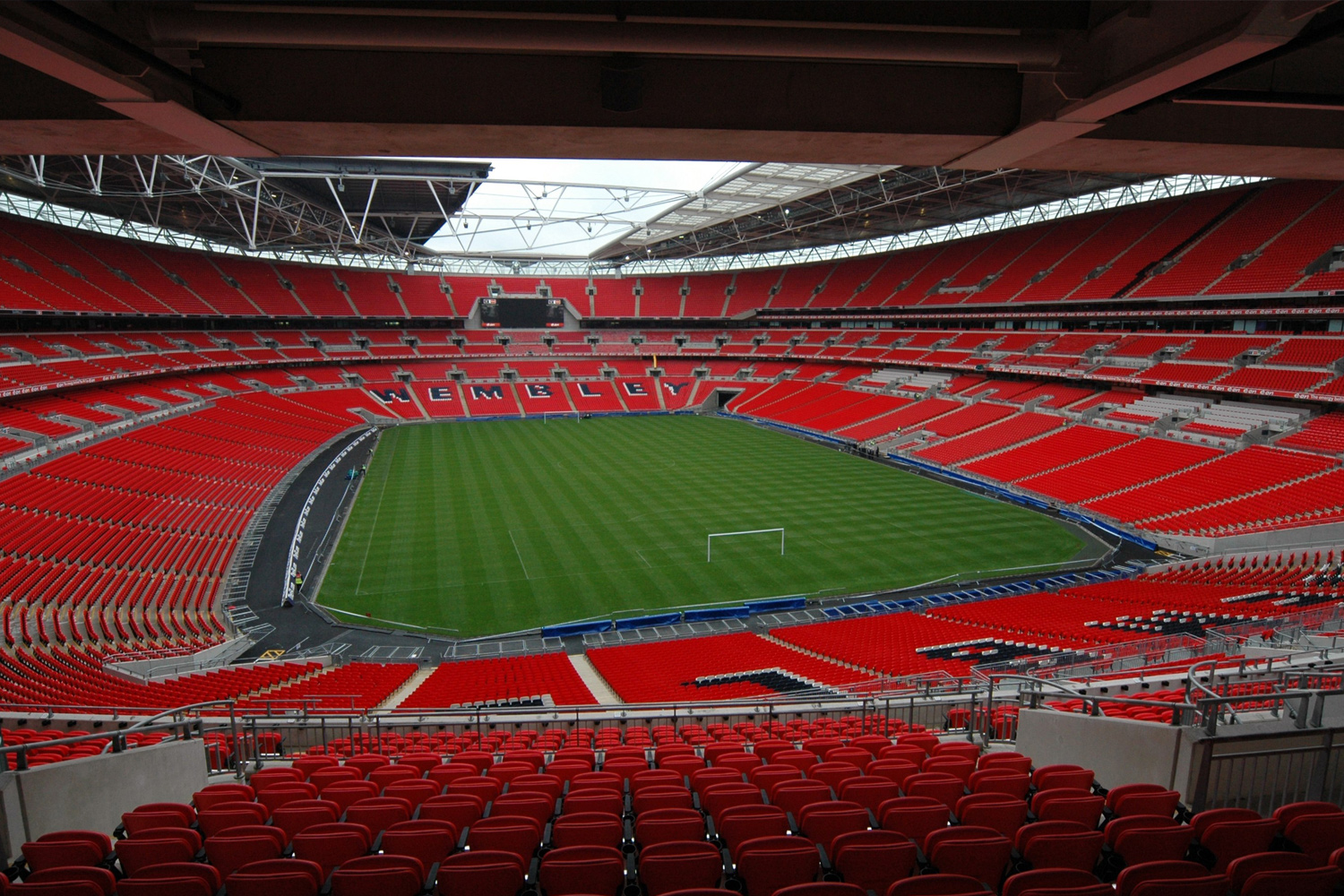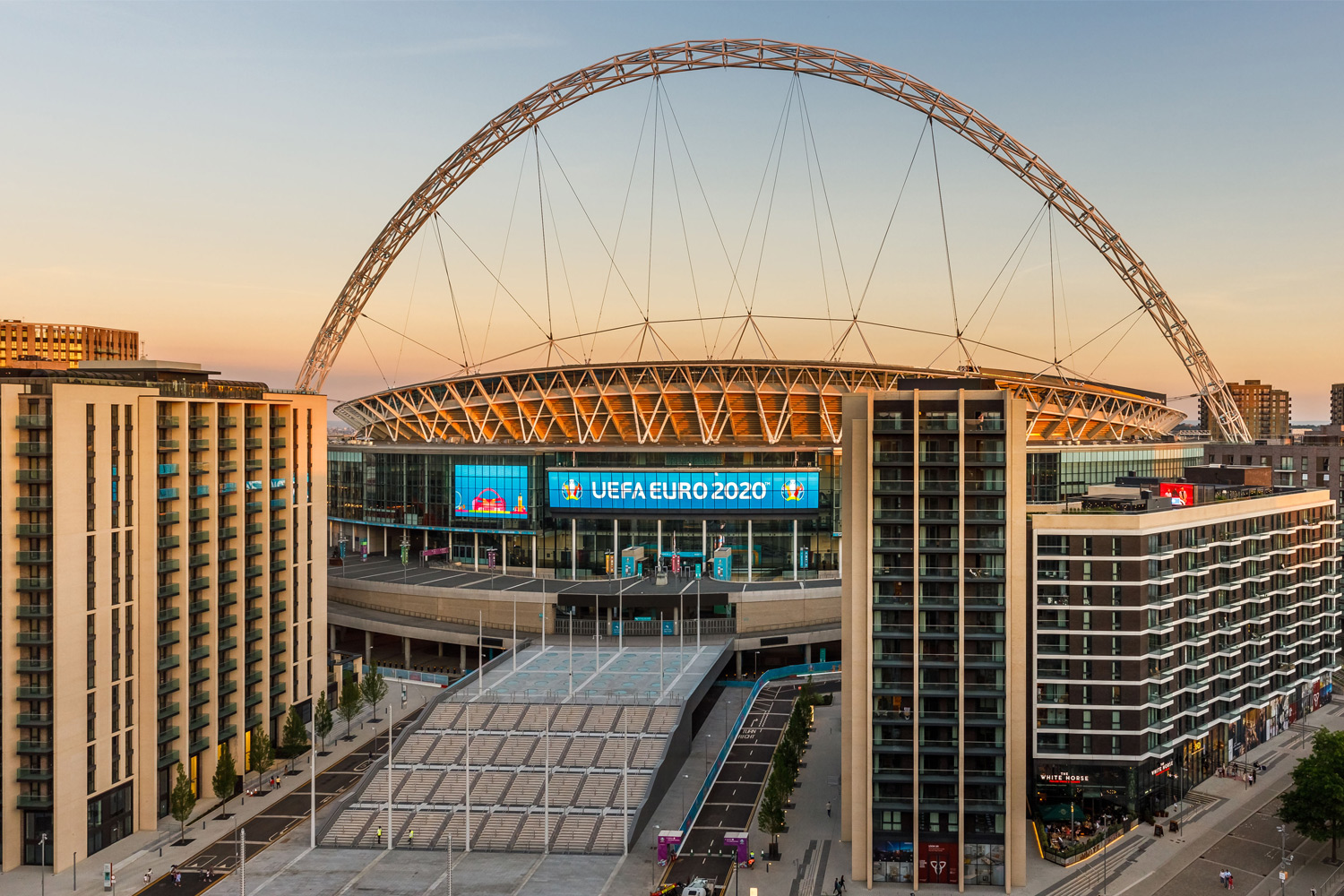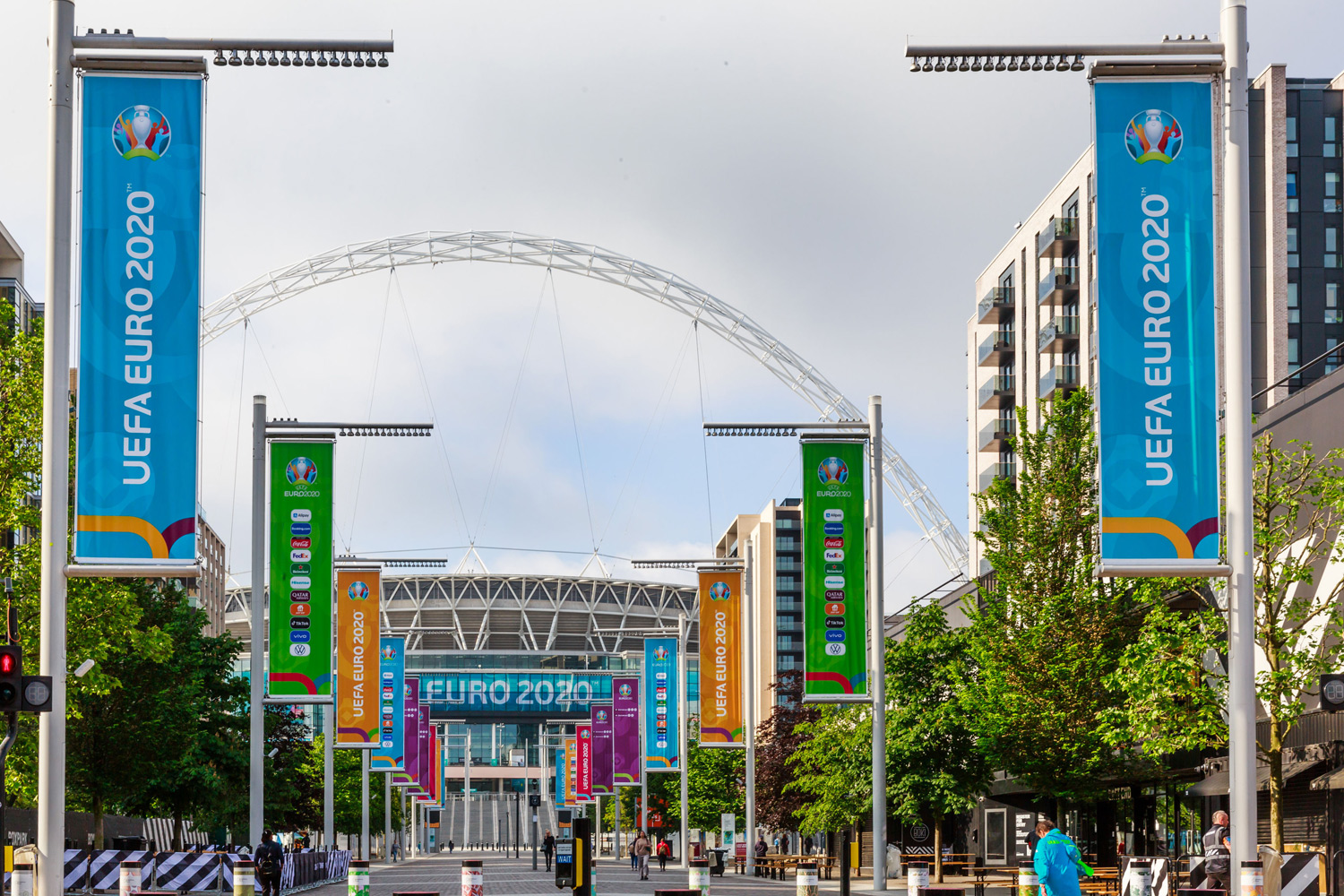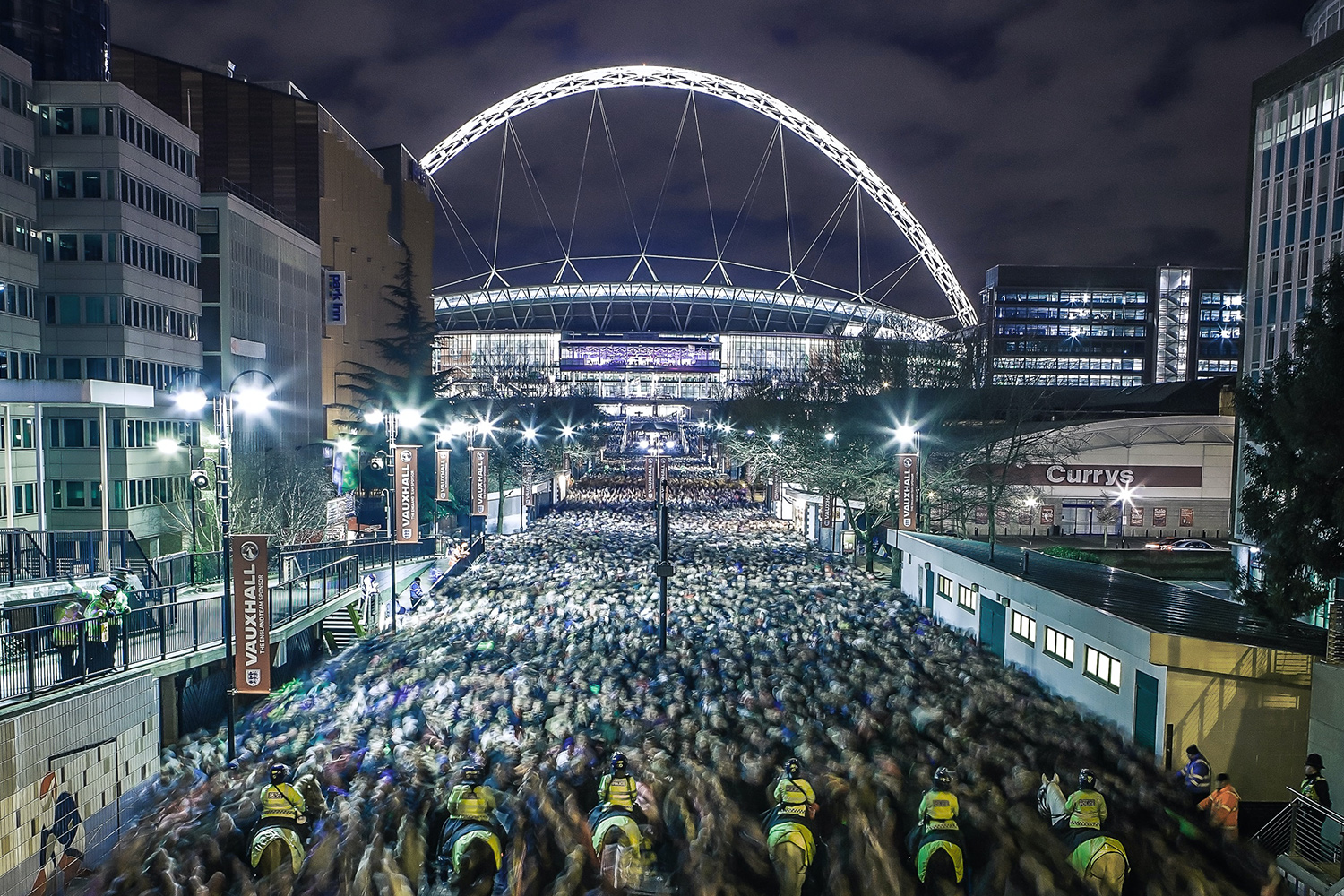To the nation, Wembley is home to the Three Lions and host to the biggest clashes in football fixture history.
But for Brent residents, living everyday life on its doorstep, Wembley is a local club. It’s where dreams take form and, for an extraordinarily lucky few, those dreams are lived. With its watchful gaze over London’s most culturally diverse borough, Wembley is home turf.
ORIGINAL WEMBLEY
Built for the British Empire Exhibition of 1924-25, the original Wembley Stadium first opened its doors in April 1923. Despite plans for its immediate demolition, Wembley became the capital of football, thanks to businessman and civil servant, Sir James Stevenson, who championed the continued use of the stadium.
Flanked by the iconic Twin Towers, Wembley became the backdrop for moments of national pride, including the London 1948 Olympics Games, for which it was the principle venue, and the 1966 World Cup Final in which England won their first and only World Cup title to date.
In 1994, amid steadily increasing maintenance and development costs, the decision was made that Wembley would be re-developed entirely and reintroduced as the new national stadium. Despite calls from English Heritage and Brent Council to preserve the Grade-II listed Twin Towers, the structures were torn down in the demolition process of 2003. Today, the top of one of the towers sits as a memorial at St Raphael’s Estate, Neasden, while the tower flagpoles are located at the late British businessman, Sir William McAlpine’s Fawley Hill Estate.
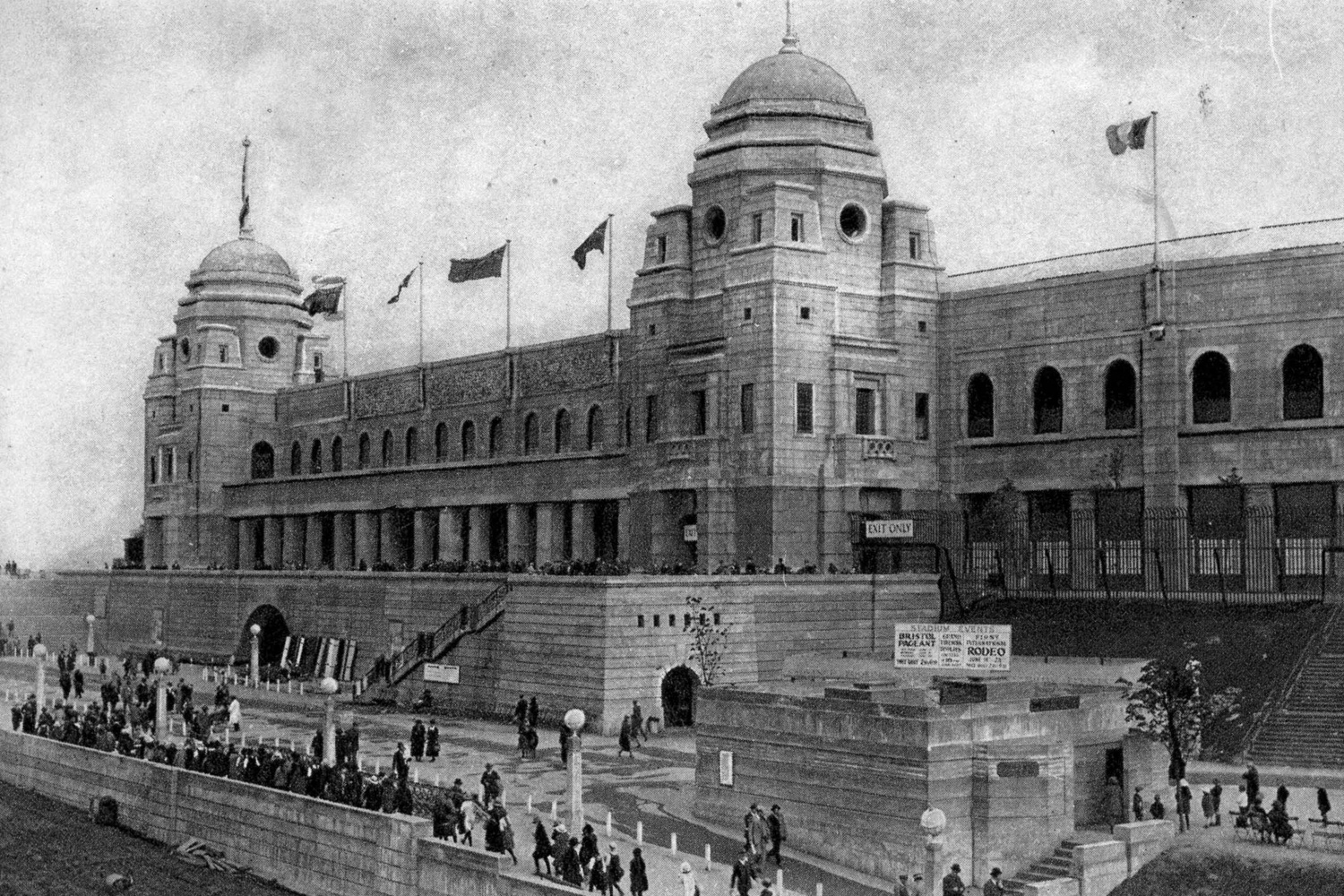
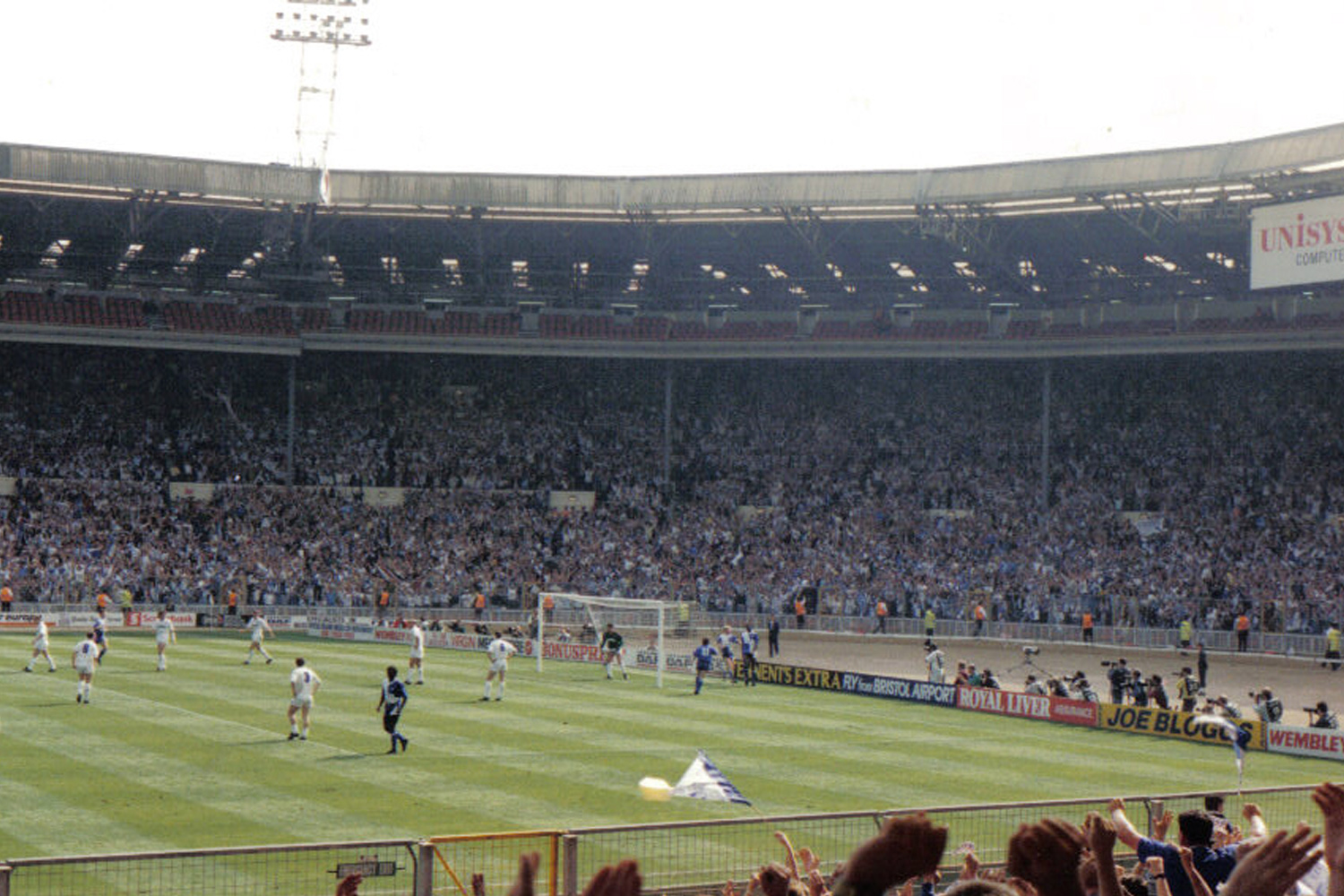

STADIUM RE-BUILD
Construction delays and nearly two years of postponements generated eager anticipation. Finally, Wembley Stadium officially opened on 19th May, 2007 with the FA Cup Final between Chelsea and Manchester United.
Estimated to have cost a total of £757 million, the new stadium was designed by firms Foster and Partners, and Populous on the same ground as the original Wembley stadium. It is the second largest European stadium, after Camp Nou, and boasts modern features such as a sliding roof 52 metres above the pitch. Bringing flair and function, the iconic Wembley arch — which sits at 133 metres tall, and with a span of 315 metres — is the longest single span roof structure in the world.
Today, Wembley is a world-class sport and entertainment venue. From the annual FA Cup Final, to Football League Playoffs, England National Team home games, and the season-opening FA Community Shield, Wembley is firmly fixed as the nation’s destination for football; and to the Brent community, it’s still the local club.
Did you know?
PELÉ & WEMBLEY
Péle once said of Wembley Stadium: “Wembley is the cathedral of football. It is the capital of football and it is the heart of football”.
RECORD BREAKING TOILETS
Wembley Stadium contains 2,618 toilets, more than any other venue in the world.
2012 OLYMPICS
The stadium played host to several games in the men’s and women’s football in the London 2012 Olympics.
FULL CAPACITY
The maximum seated capacity for Wembley Stadium is 90,000, limited to 87,000 for UEFA competitions and 86,000 for NFL fixtures.
For a concert attendance, Ed Sheeran bought over 100,000 fans to the stadium in June 2022.
BIG STADIUM, BIG MONEY
The new stadium cost £789million to complete.


